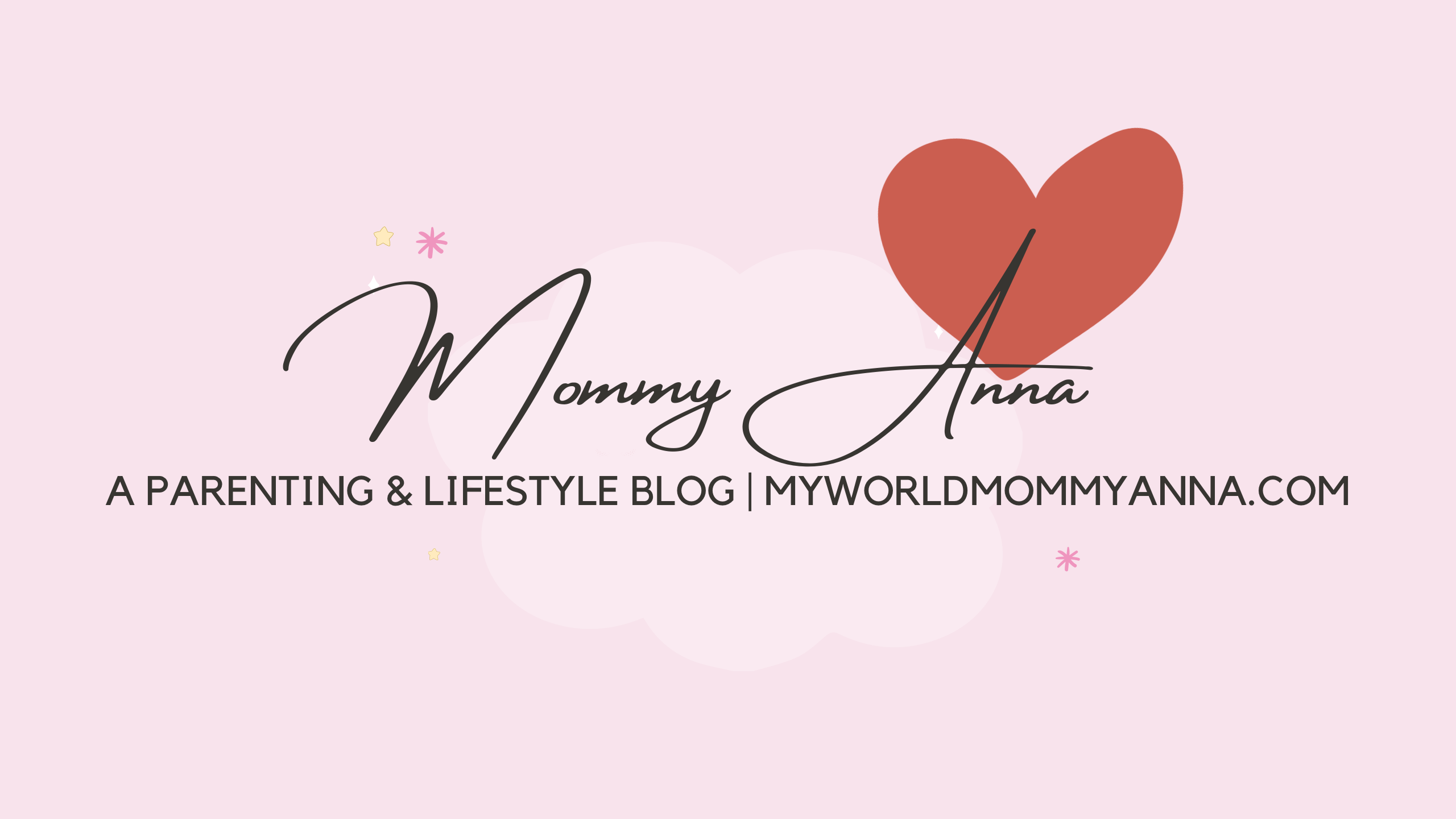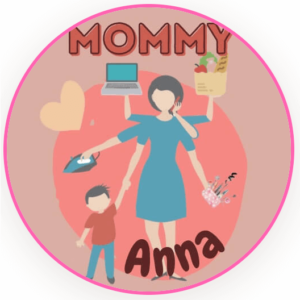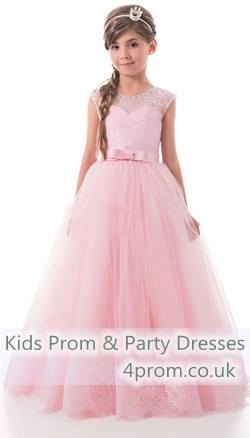Gardens are a lovely addition to any home. The sight of thriving plants and blooming flowers give a home a relaxing and welcoming vibe, plus it can also attract furred and feathered critters to your address. It can even bring up the value of your home and make it more attractive to potential buyers.
Unfortunately, not everyone has a few extra feet of space for a garden. Starting a garden in locations where space is at a premium and residences, like high-rises and townhouses, don’t exactly have access to a yard can be quite a challenge. However, you don’t necessarily need to have an empty plot of land to grow plants. In fact, you can start a garden inside your very own home. Indoor gardens can take up as much or as little space as you can give, plus they can also be enjoyed year round.
If you’re ready to share your room with a few potted and flowering plants, here are some of the things you need to think about:
What to Grow?
There are many different types of gardens that can be grown indoor, like hydroponics and greenhouses, for example. You can probably grow anything in your home as long as you have enough space for it, but it’s a good idea to stick with a theme for your plants. You can start with vegetables or herbs and supply your own kitchen with freshly picked produce. If you want something more eye-catching and colorful, you can go with flowering plants like marigolds and geraniums, or fruits like citrus and strawberries. You can also take care of dwarf varieties of larger fruit trees or bonsais. Make sure to choose a suitable container for the plants and that they are properly acclimatized before you keep them inside your home.
Setting Up Your Indoor Garden
You can easily start a small garden on a windowsill, a dedicated shelf, or on top of a table. Line the area with an impermeable material that can capture excess water. Make sure that the area is near a window or any other source of natural light; if not or if winter has set in, you may have to set up an artificial light source. There are different types of grow lights in the market. Fluorescent lamps work well for herbs, but if you want something more efficient, you can probably go with compact fluorescents or high intensity discharge (HID) bulbs. To choose the right size of grow lights, you need to consider the distance between the light and the plants and the size of the indoor garden.
Keeping Your Plants Comfortable
Aside from providing your plants with adequate light and water, you should also adjust the temperature and humidity in the room to suit them. In winter when the wind is dryer, you can increase humidity by misting the plants or running a humidifier. Better yet, you can add a small tabletop water fountain from Kinetic Fountains to your garden to improve humidity levels and to benefit from the sight and sound of flowing water. Take care, too, to keep the temperature in the room between 65 to 75 degrees Fahrenheit to avoid stressing the plants.

An indoor garden may not do a great job of attracting birds and squirrels to your property, and it may even need a bit more work as you have to provide it with natural resources that are not available indoor. Still, indoor gardens offer as much satisfaction as regular gardens provide—and you won’t even have to go outside to enjoy the sight of your thriving plants and blooming flowers.




















